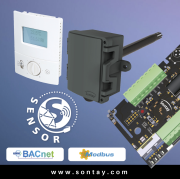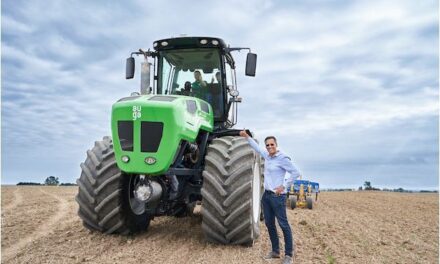Sontay has launched a new generation of intuitive Smart Sensors. This new range incorporates all the functionality of the first-generation sensors but with added features that meet the needs of the installer and the end user.

“Back in 2015 we were one of the first to introduce a ‘smart sensing’ device that could communicate via BACnet or Modbus protocols,” says Sandy Damm, managing director at Sontay. “The Smart Sensor received praise and acclaim from many of our customers and it is currently installed in smart building projects across the world. Now, we have gone a stage further and are launching a range that will revolutionise smart sensing.”
The original sensors had the ability to combine up to nine different measurement variables and a user interface option within a device. This was a significant step when they were first launched as it offered a major advantage in reducing cabling to the controller as well as the utilisation of the controller IO.
Sontay is now introducing the next generation of smart sensors that can offer full environmental sensing in one single device. These sensors can measure temperature, relative humidity, carbon dioxide, indoor air quality (TVOC), carbon monoxide and light level as well as offering PIR detection.
The sensors are inherently smart and utilise smart protocols. The RS-485 data bus interface supports the communication protocols BACnet MS/TP and Modbus RTU. The DIP switch allows for configuration of network parameters and lets users select BACnet MS/TP or Modbus. All other configurations that are required can be made via the BACnet or Modbus network, meaning that no separate equipment or configuration tools are needed.
The BACnet compatible devices will find the baud rate of the network and adjust the device baud rate automatically after start-up saving time. They also offer auto device instance configuration, which provides out-of-the box functionality for smaller projects.
There is one configurable digital input and one analogue input by default in each sensor. The digital input can be configured as a volt free contact, which could be used for external occupancy detectors, fan proving switches or even pulse counting input for metering products. The pulse counting format uses contact de-bounce and is filtered. The analogue input can be configured as an additional thermistor (10K3A1) input or a 0-10Vdc input. Two digital and three analogue outputs can also be ordered as an option.



